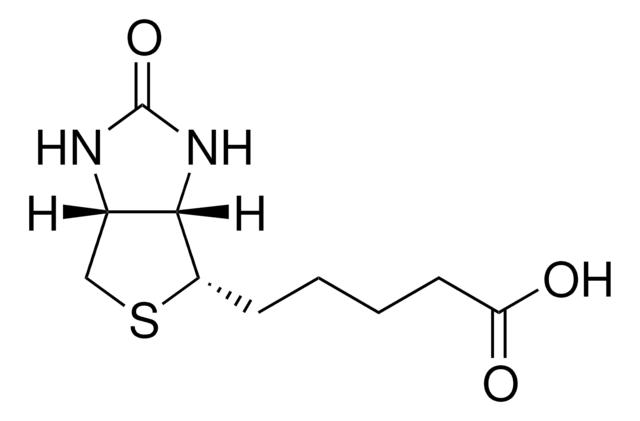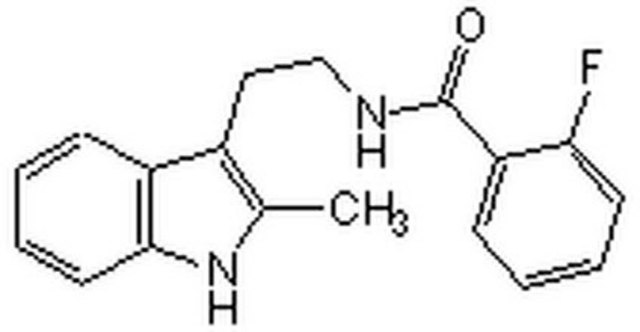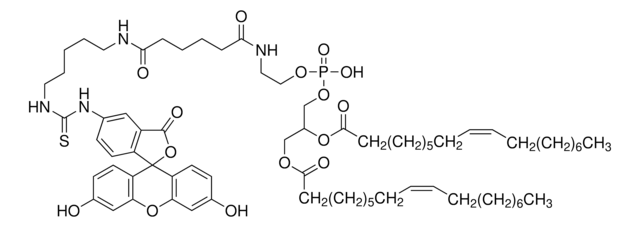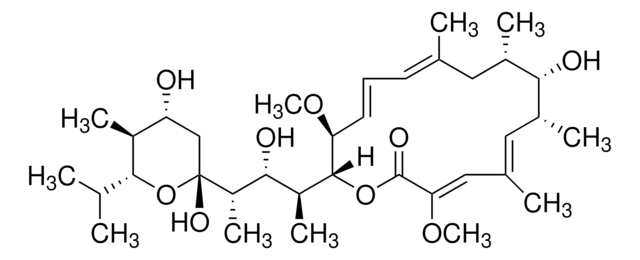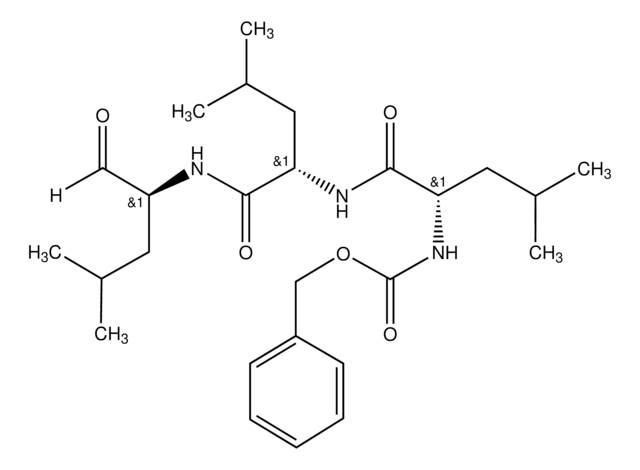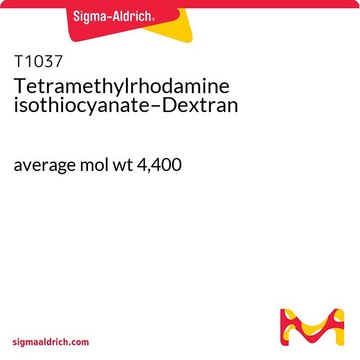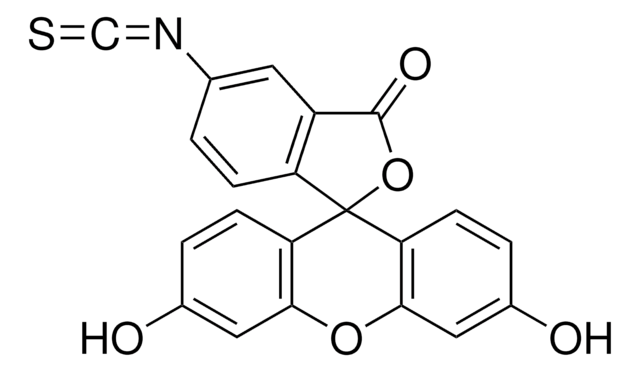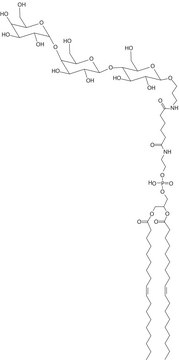About This Item
Recommended Products
storage temp.
−20°C
Quality Level
Application
Other Notes
Legal Information
Storage Class Code
11 - Combustible Solids
WGK
WGK 3
Flash Point(F)
Not applicable
Flash Point(C)
Not applicable
Choose from one of the most recent versions:
Certificates of Analysis (COA)
Don't see the Right Version?
If you require a particular version, you can look up a specific certificate by the Lot or Batch number.
Already Own This Product?
Find documentation for the products that you have recently purchased in the Document Library.
How does the storage temperature relate to shipping conditions?
The storage conditions that a Sigma-Aldrich catalog and label recommend for products are deliberately conservative. For many products, long-term storage at low temperatures will increase the time during which they are expected to remain in specification and therefore are labeled accordingly. Where short-term storage, shipping time frame, or exposure to conditions other than those recommended for long-term storage will not affect product quality, Sigma-Aldrich will ship at ambient temperature. The products sensitive to short-term exposure to conditions other than their recommended long-term storage are shipped on wet or dry ice. Ambient temperature shipping helps to control shipping costs for our customers. At any time, our customers can request wet- or dry-ice shipment, but the special handling is at customer expense if our product history indicates that the product is stable for regular shipment. See Shipping and Storage for more information.
Which document(s) contains shelf-life or expiration date information for a given product?
If available for a given product, the recommended re-test date or the expiration date can be found on the Certificate of Analysis.
How do I get lot-specific information or a Certificate of Analysis?
The lot specific COA document can be found by entering the lot number above under the "Documents" section.
How do I find price and availability?
There are several ways to find pricing and availability for our products. Once you log onto our website, you will find the price and availability displayed on the product detail page. You can contact any of our Customer Sales and Service offices to receive a quote. USA customers: 1-800-325-3010 or view local office numbers.
What is the Department of Transportation shipping information for this product?
Transportation information can be found in Section 14 of the product's (M)SDS.To access the shipping information for this material, use the link on the product detail page for the product.
What should I use to reconstitute Product F9182, FSL-biotin?
We recommend reconstituting 1 mg of Product F9182, FSL-biotin with 0.5 mL of saline or PBS for a concentration of 2 mg/mL.
May I use serum with the product F9182, FSL-biotin?
We do not recommend diluting the Product F9182, FSL-biotin, in lipid-containing buffers. The FSL will associate with the lipids and reduce the efficiency of insertion into cell membranes.
Will the Product F9182, FSL-biotin, label dead cells?
Product F9182, FSL-biotin, is designed to insert into the membranes of live cells. But it can also be used to label fixed cells, enveloped virions, and solid phase surfaces.
What concentration of F9182, FSL-biotin do I use to label cells?
For cell labeling we recommend using a concentration of 10-100ug/ml of F9182, FSL-biotin diluted in PBS. Label cells with FSL-biotin at a 1:1 volume to volume ratio. The exact concentration may need to be optimized for the cells and the application.
How many cells can I label with the product F9182, FSL-biotin?
The exact number of cells may vary based on cell type and cell condition. The recommended concentration to use for labeling is 10-100ug/ml (~4.8-48mM), which is mixed in a 1:1 volume with cells.
My question is not addressed here, how can I contact Technical Service for assistance?
Ask a Scientist here.
Our team of scientists has experience in all areas of research including Life Science, Material Science, Chemical Synthesis, Chromatography, Analytical and many others.
Contact Technical Service